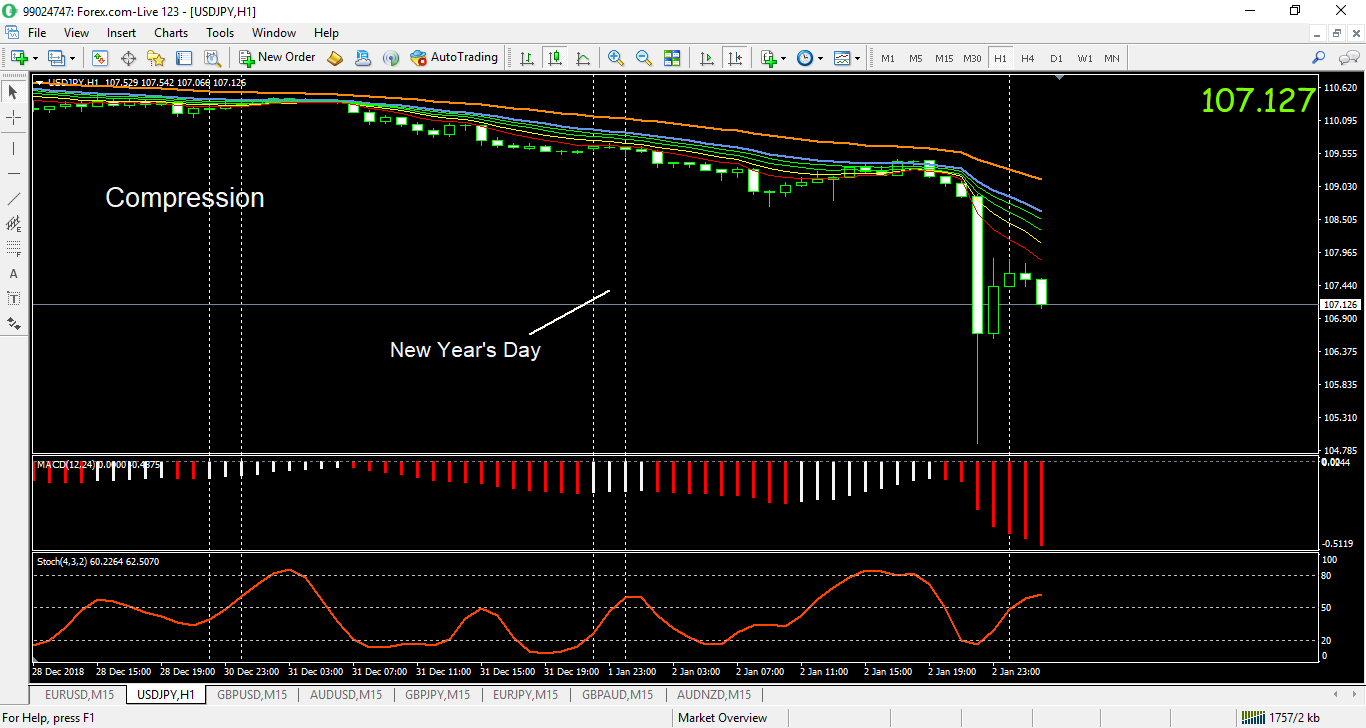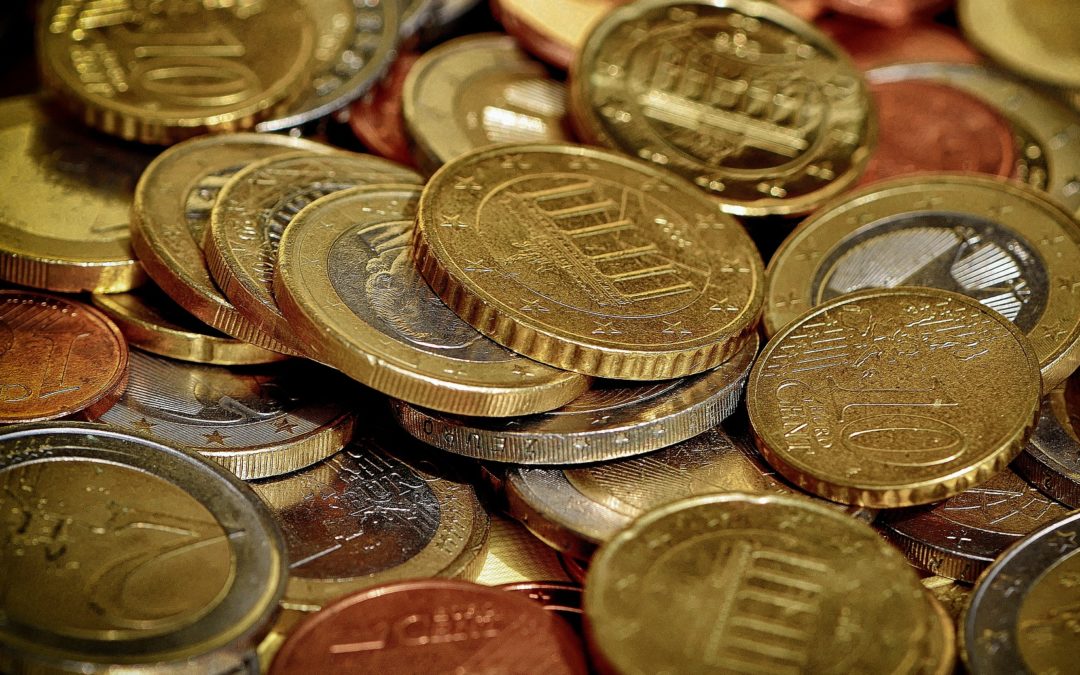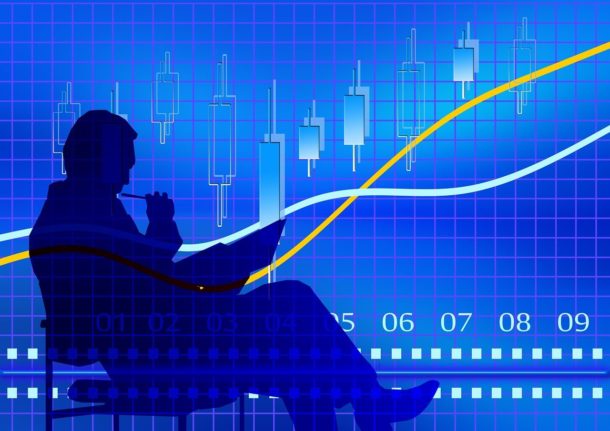Tonight after the stock market closing bell, Apple surprisingly announced that its revenue and earnings estimates for 2019 had been dramatically reduced. The company stated that at least some of the trouble was related to a slowdown in the Chinese economy — plus increased complications posed by the Tariff showdown.
The US dollar plunged on the news, with a flash crash that took the USD.JPY from just over 109 to 105 (400 pips!!) in a matter of less than an hour. The Euro and the Great British Pound also dropped off the edge of the earth in a similar fashion.
A couple of quick notes for new traders in our membership before we begin a short analysis. With the Japanese Yen, the Yen is always in the second position in the pair. This means that at 4:00 PM EST, it would take a bit more than 109 Yen to buy a dollar. Less than an hour later, it only cost 105 Yen. That dramatic drop of 400 pips is at least 6 times the average daily range of the USD.JPY pair! Hence the reference to flash crash.

What’s behind this kind of move in the currencies just because a stock hit the skids?
Just two weeks ago, on December 18th, in advance of its most recent meeting, we wondered if the Federal Reserve would raise interest rates one last time in 2018 — or bow to the jawboning of the President who tweeted often about rates moving up too quickly.
In advance of that Wednesday the 18th announcement, the dollar began to fade. This suggested that the Fed might waiver, simply because under normal circumstances, the dollar (or any currency for that matter) would weaken given the pause in rate increases and the prospect of easier money. That’s a basic of the Forex equation.
But interestingly, despite the rate increase that took place when the Fed held its ground, the dollar continued to weaken in the next days. There was only about a two hour upside reaction to the Fed announcement and press conference. This weakening suggested a couple of additional factors were at play — and these are intertwined.
First, the market is clearly anticipating some kind of economic slowdown in 2019. This further suggests that central banks will slow — or possibly even reverse — some of the steps taken over the last year to tighten monetary policy. This general rule of foreign exchange trading points to lower currency valuations. In particular, the Australian dollar (whose biggest trading partner is China) is typically under the gun when China is showing signs of fatigue.
Second, when the stock market declines, the Yen typical increases in value. It is known as a safe haven in times of economic turmoil. Thus when Apple specifically points to a slowdown in China and tariffs in a release about lowering expectations, the Yen will typically benefit with an increase in value. Even so, this evening’s fundamental announcement earthquake is unusual, for sure. The last time I recall seeing such a dramatic price move was when the Swiss franc was suddenly “de-coupled” from the Euro.
In the Asian session, the Dollar, Euro and Pound have recovered about 50%, probably based upon a feeling that the move was an over-reaction. Nevertheless, as the days roll on, I would be very cautious taking a bullish swing trade on the dollar. Apple is the second giant, after Fedex, to report that tariffs and Chinese economic turmoil are causing trouble in our U.S. bull market paradise. As they say, “Where there’s smoke….” Perhaps, we could even retest the low. Should be an interesting day on Thursday. Trade with care. Let’s get some pips!


